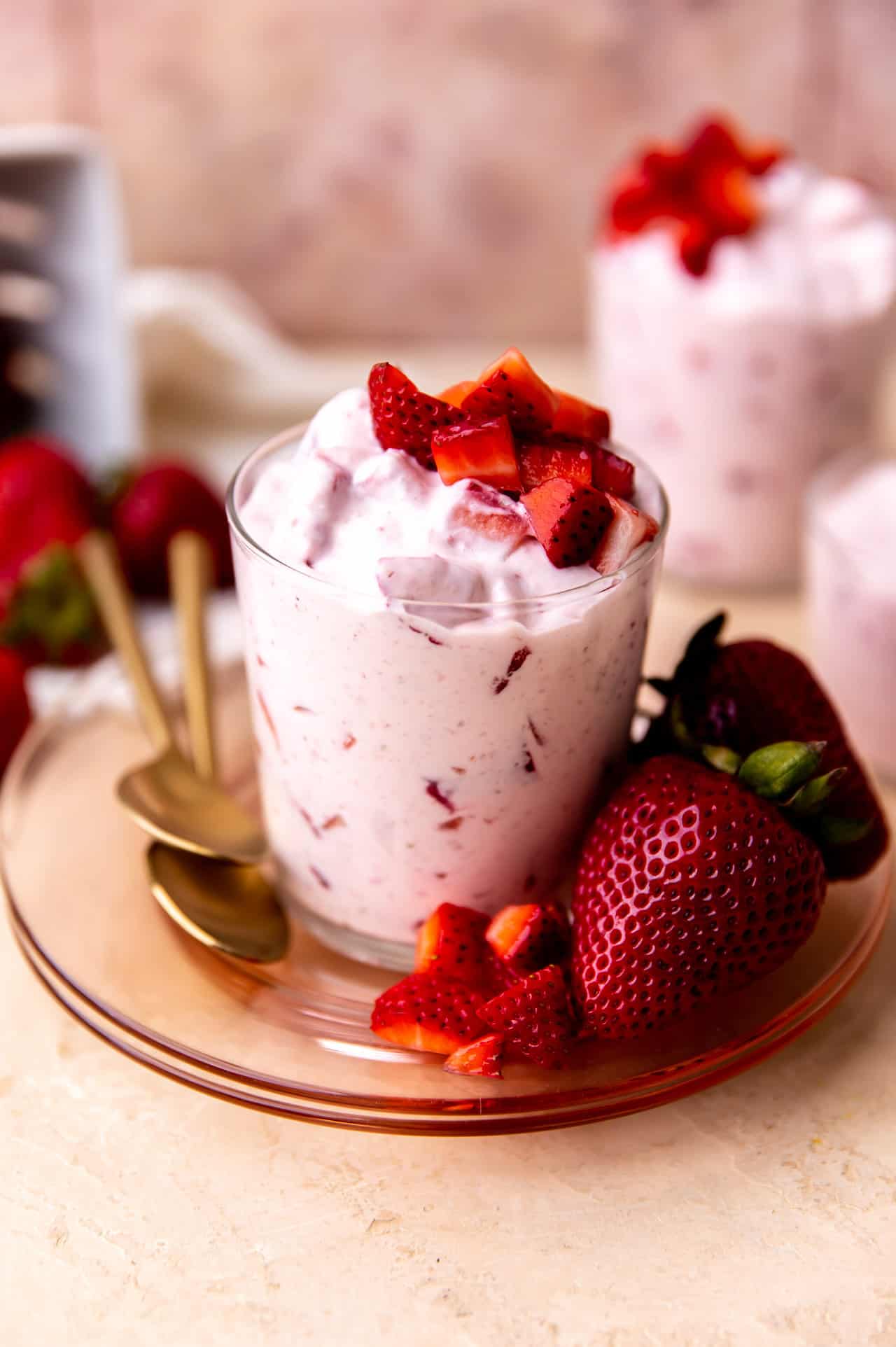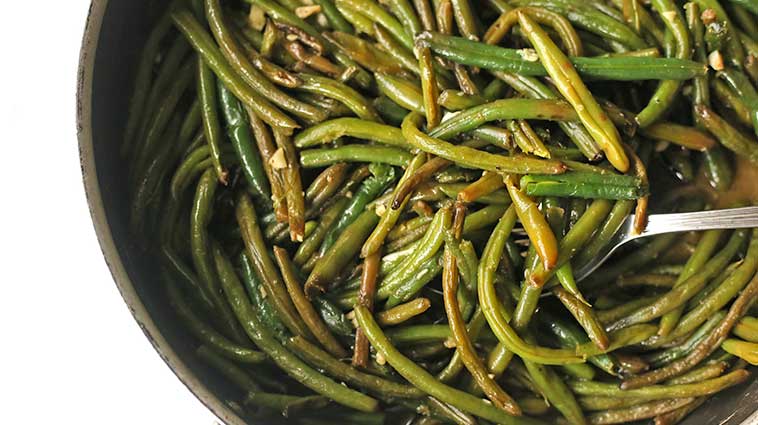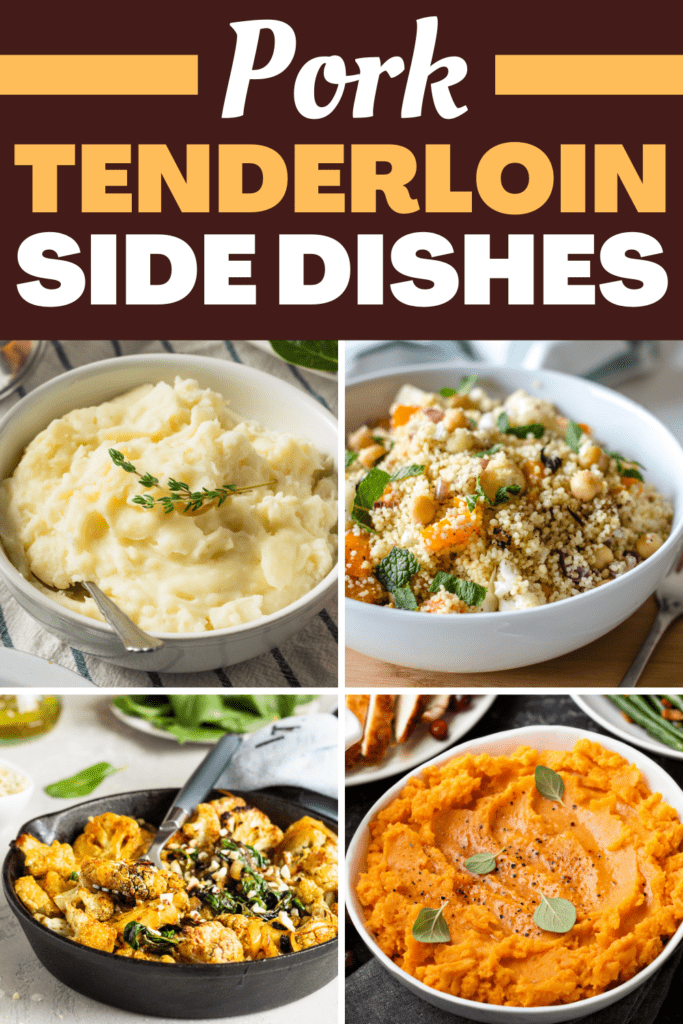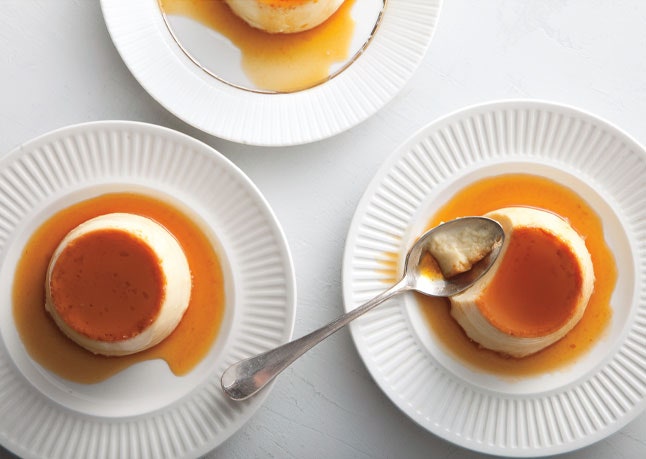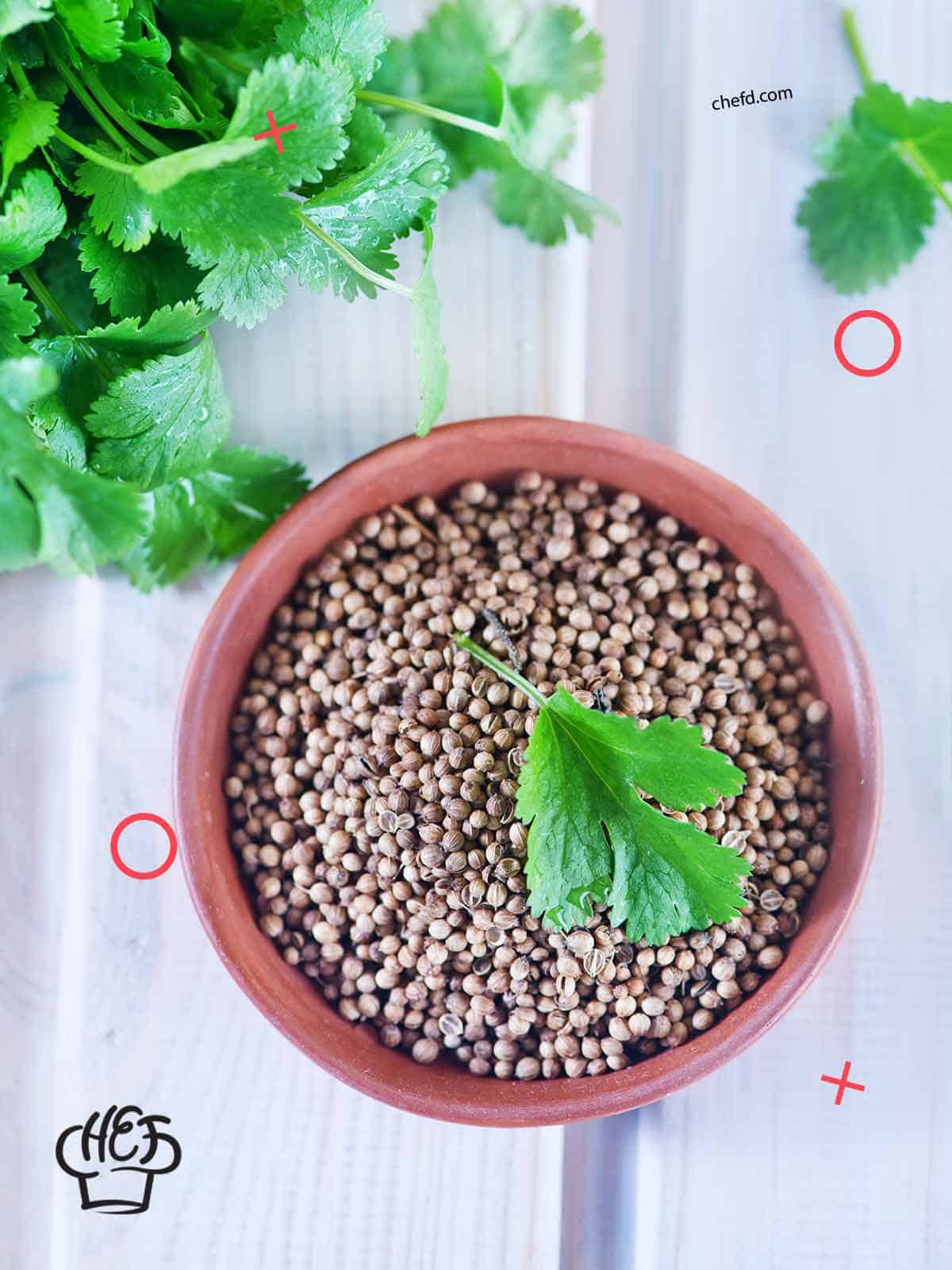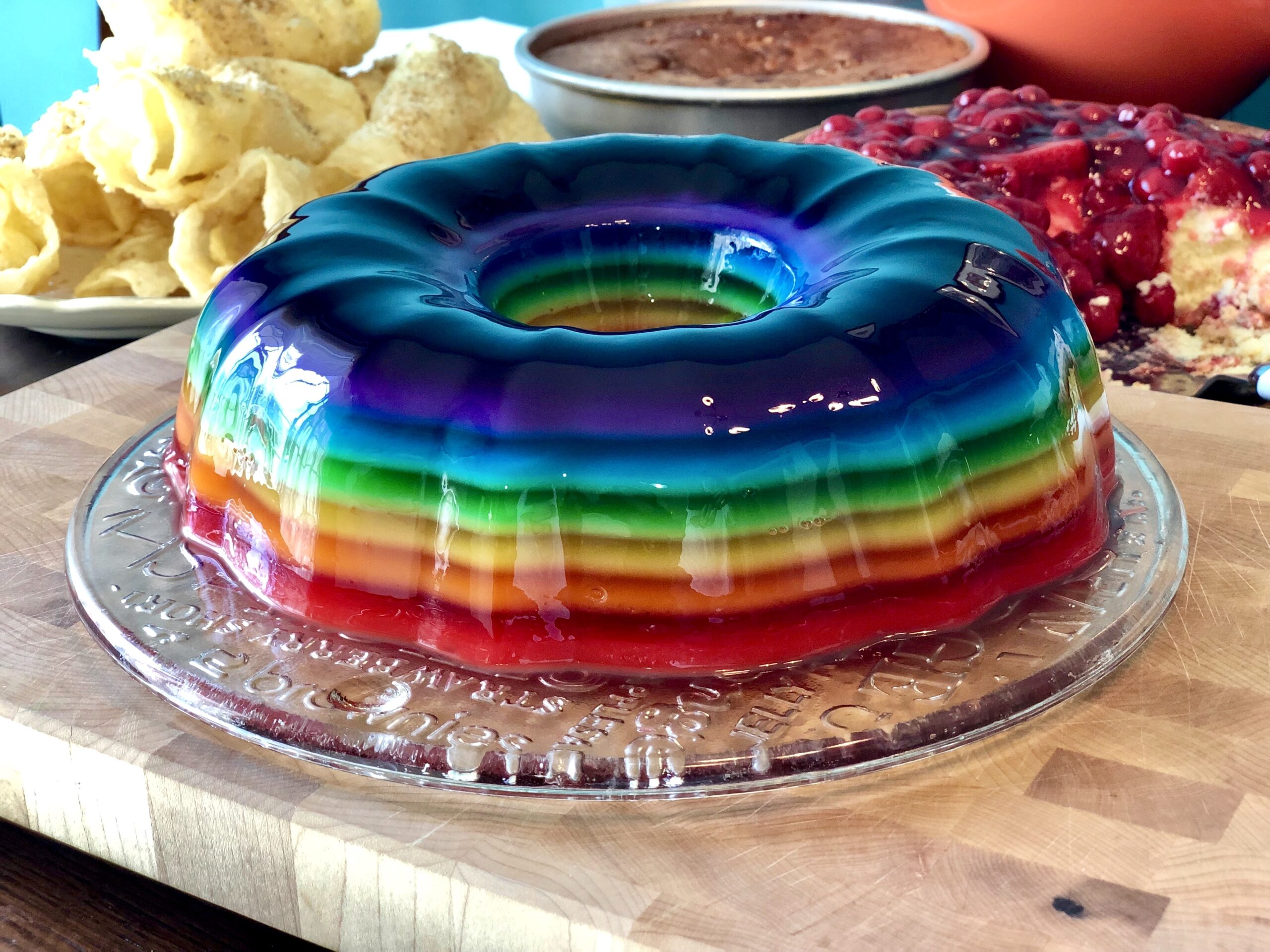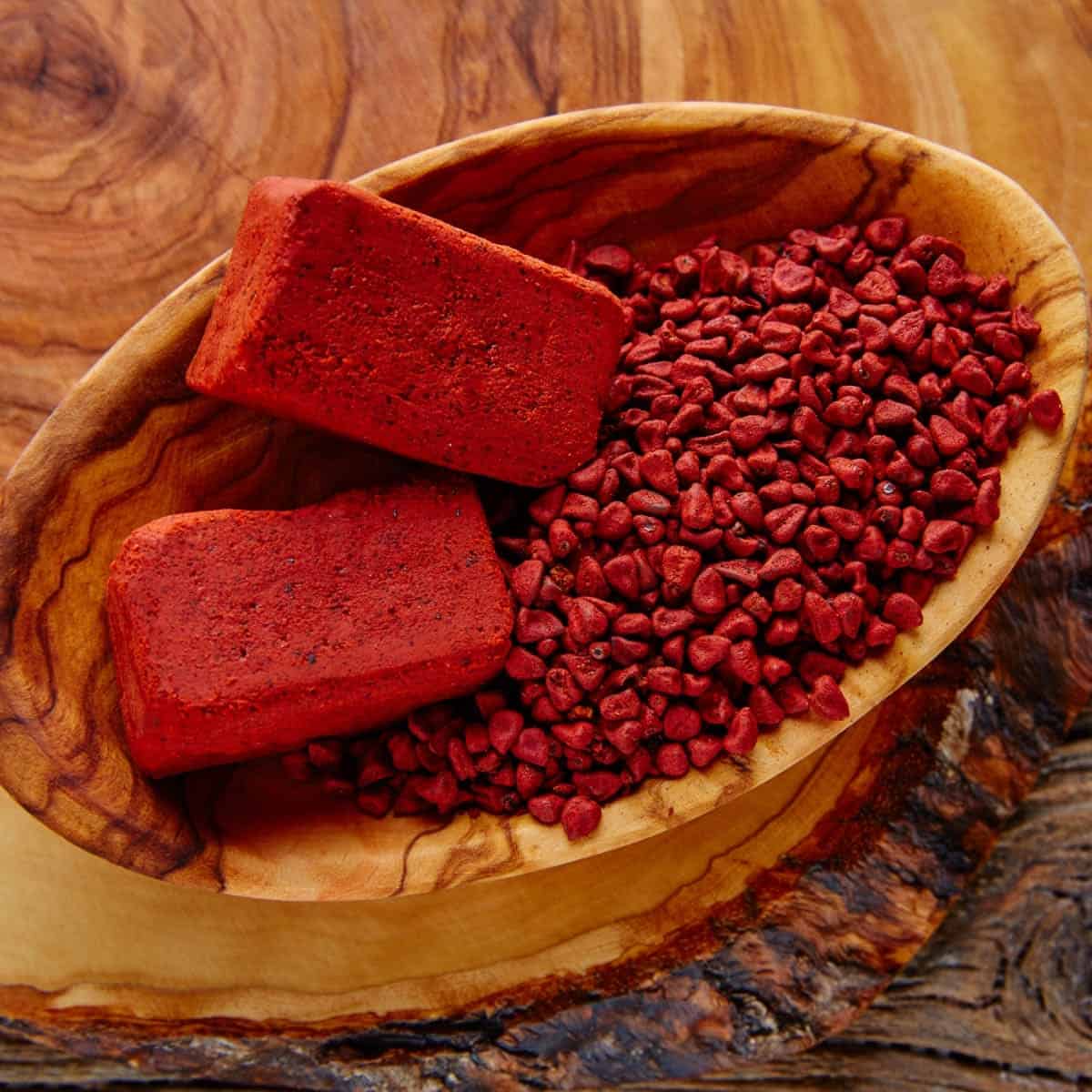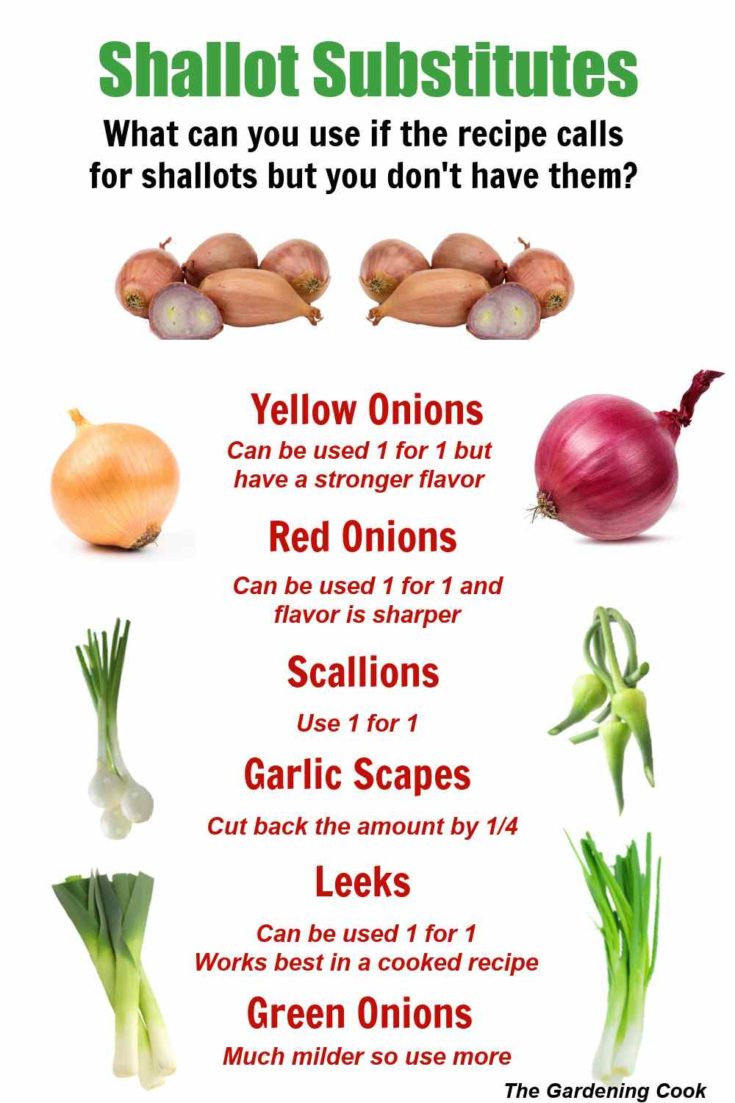Can You Eat Raw Zucchini? Nutritional Benefits and Surprising Recipes!
– Eating raw zucchini is safe and a healthy way to consume vegetables.
– Some zucchinis may be bitter due to high levels of toxic compounds called cucurbitacins, but this is rare in commercial varieties.
– If zucchini tastes fresh and mellow, it can be eaten raw.
– In rare cases, allergic reactions to zucchini can occur, and it’s best to avoid it if allergic.
– Cooking zucchini makes it more digestible, but raw zucchini can help preserve essential minerals and nutrients.
– Boiling vegetables can remove water-soluble vitamins like vitamin C.
– Eating both raw and cooked vegetables is ideal for a balanced diet.
– Zucchini skin, flowers, and seeds are all edible and contribute to fiber intake.
– Peeling zucchini is not necessary, but some recipes may call for it.
– Zucchini skin contains carotenoids, which give color to various vegetables.
– A fresh zucchini bought at the grocery store can be kept in the fridge for up to 2 weeks.
– Signs that a zucchini is past its prime include the presence of mold, a bad smell, extreme softness, or wetness/leaking.
– Raw zucchini is packed with water and both soluble and insoluble fiber, promoting healthy digestion and preventing constipation.
– It is low in calories, high in water and fiber, and may aid in weight loss by curbing appetite.
– Zucchini is low in carbs, a good source of fiber, and may help control blood sugar levels.
– It contains soluble fiber, vitamin C, and potassium, all of which may reduce heart disease risk factors.
– Beta-carotene and vitamin C in zucchini promote healthy vision, while antioxidants lutein and zeaxanthin may reduce the risk of age-related eye disorders.
– Cucurbitacins are compounds found in squash, zucchini, and gourds that can be toxic.
– Intake of foods high in cucurbitacins has been linked to poisoning and death in animals, and in humans, it can cause nausea, vomiting, diarrhea, hair loss, and even death.
– Commercially grown zucchinis are low in cucurbitacins due to selective breeding, so the risk of cucurbitacin poisoning is rare from store-bought zucchinis.
– Wild zucchini may have higher amounts of cucurbitacins, so caution is advised when eating them.
– Raw zucchini can cause bloating due to the presence of nutrients like cellulose and soluble fiber.
– There is a potential risk of contamination from bacteria or parasites, so thorough washing is recommended.
– Commercial varieties of zucchini are generally safe to eat raw, but if a zucchini tastes extremely bitter, it’s best to dispose of it as it may be high in cucurbitacins.

